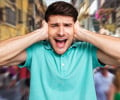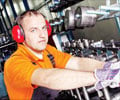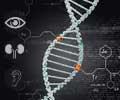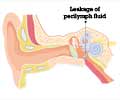Researchers have created a new mouse model and gained fresh insight into age-related hearing loss (ARHL) and noise-induced hearing loss (NIHL), the two most common forms of deafness.
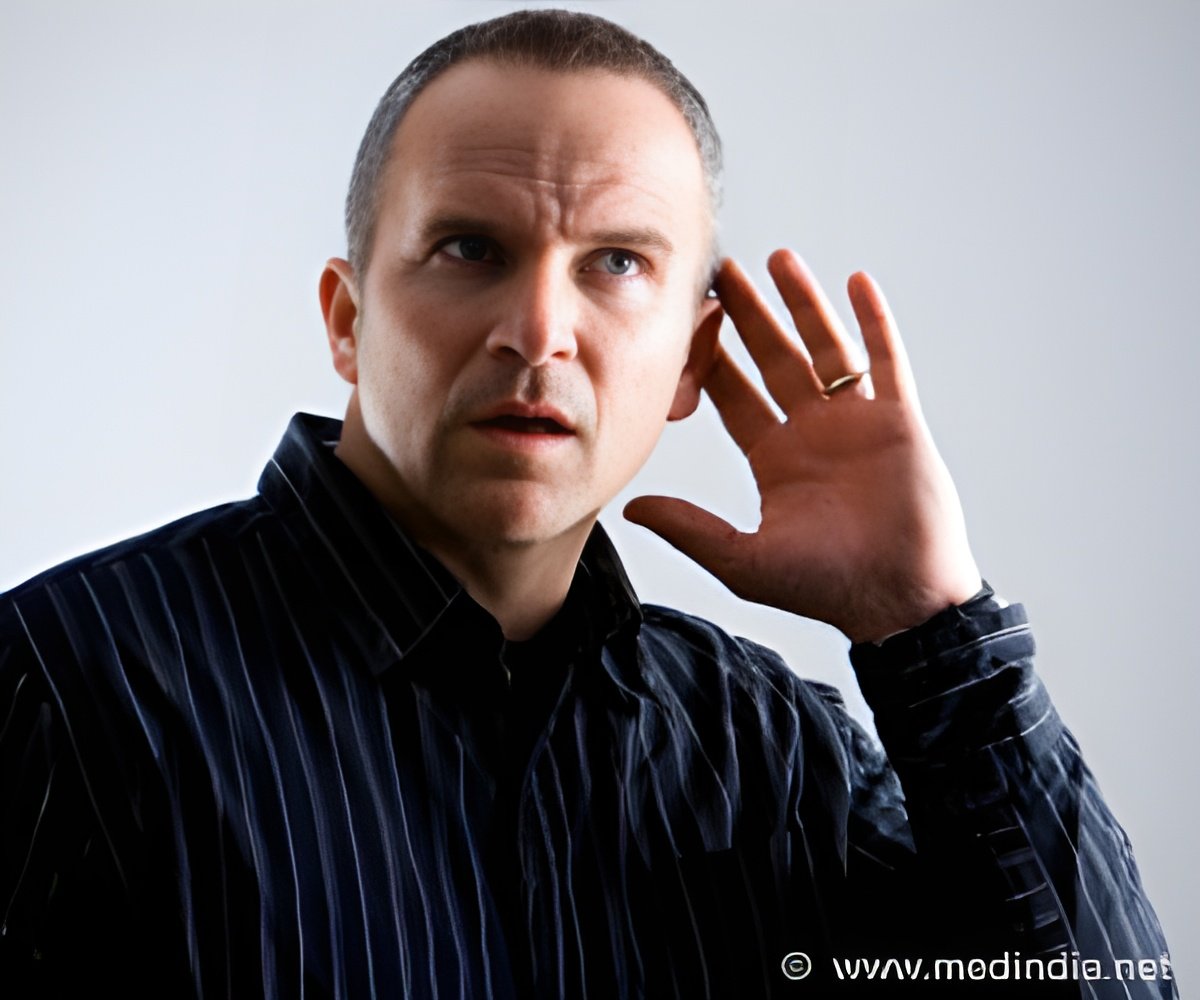
Their research, described in the Journal Neuroscience, provides new insight into protective mechanisms for hearing loss and suggests the potential for future molecular approaches, which may include gene therapy or medicine, to treat ARHL and NIHL.
Hearing loss is a serious public health issue. Nearly one-third of adults 64 and older have significant ARHL. After age 85, that number almost doubles to 64 percent. NIHL, also a common complaint, is one of the most self-reported occupational injuries. The irreversible loss of inner ear outer cells is a cause of both types of hearing loss. Hearing aids and cochlear implants help those suffering from hearing loss in some cases, but there is no device that works for everyone and no cure.
Mass. Eye and Ear researchers set out to understand if both types of hearing loss share a common underlying mechanism by studying certain inbred strain of mice. They investigated whether overexpression of Isl1, an inner ear progenitor gene with roles in development and differentiation, could be effective in protecting the inner ear.
The team found that Isl1 expression protected hair cells from degeneration in aging and promoted hair cell survival after exposure to loud noise. As a result, the hearing in aged mice or in mice exposed to intense noise was significantly better than their siblings without the gene.
"The Isl1 gene further preserved the connections between hair cells and neurons, which is necessary for hearing," said senior author Zheng-Yi Chen, D.Phil., Mass. Eye and Ear researcher and Associate Professor of Otolaryngology, Harvard Medical School.
"To our knowledge, our model is the first in which expression of a single gene in postnatal hair cells results in hair cell survival and hearing preservation in mice that otherwise suffer from age-related and noise-induced hearing loss," Dr. Chen said.
Source-Eurekalert
 MEDINDIA
MEDINDIA
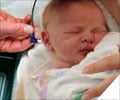
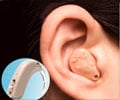
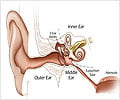
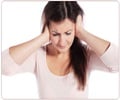
 Email
Email
